Mwsoat anaser al-imara_03
12 likes909 views
??????? ????? ????? ????? ?????? ?? ?????? ????? ??? ????? ??????. ??? ?????? ??????????? ????? ???? ?? ?????? ?????? ?????????. ???? ????? ????? ?????? ???? ????? ??????? ?????????? ?? ?????? ??? ???????.
1 of 133
Downloaded 134 times







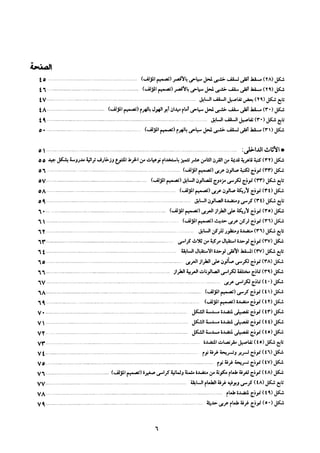
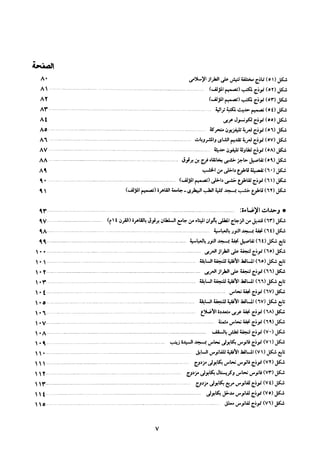
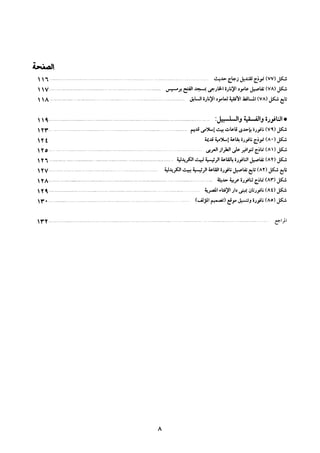


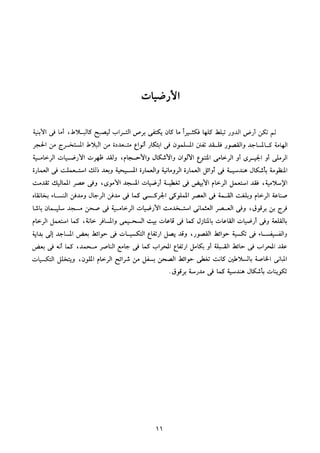


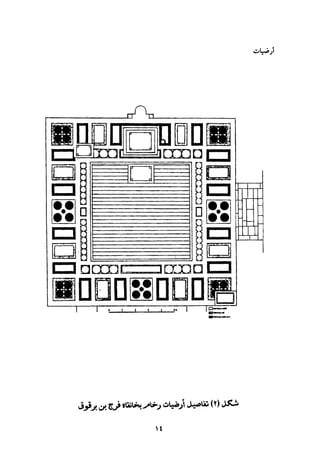
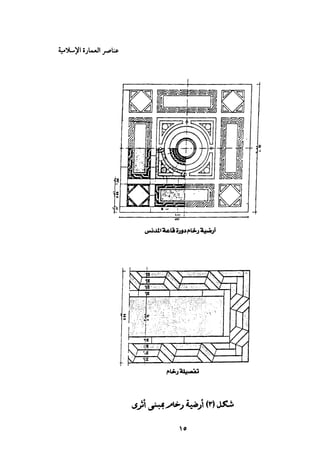

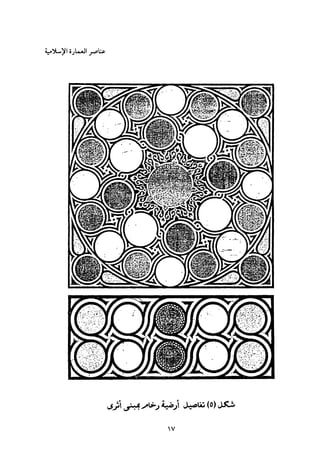
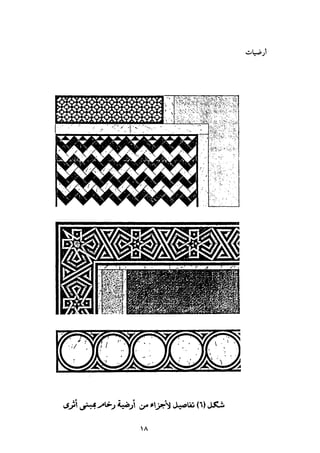

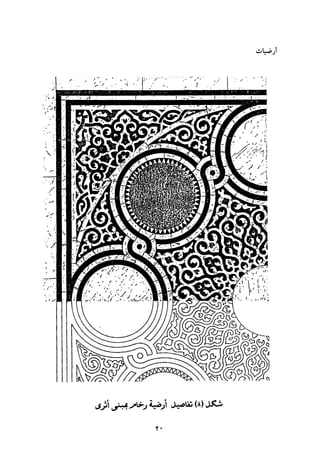
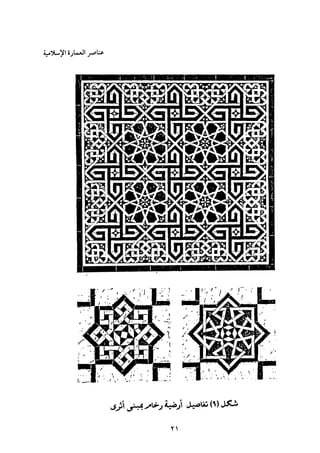
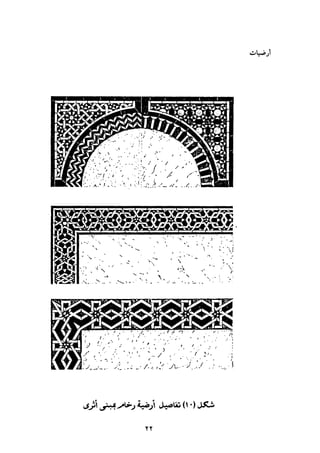
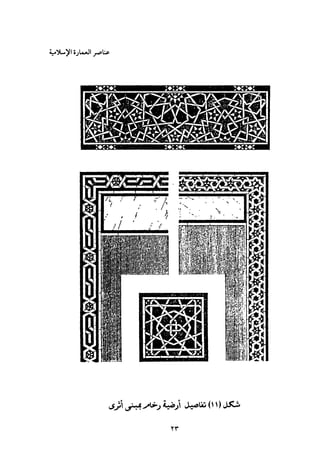
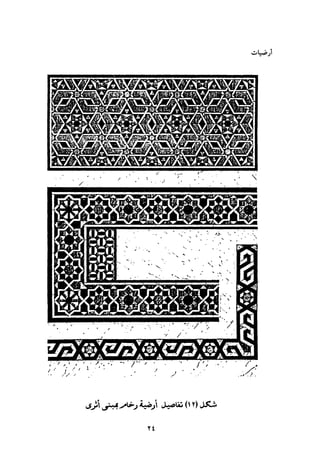
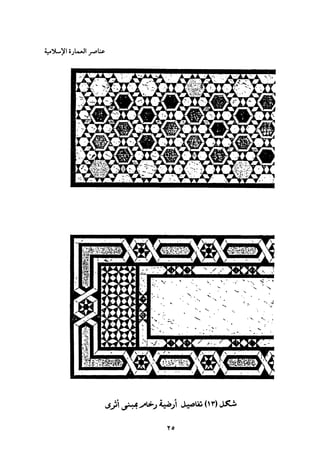
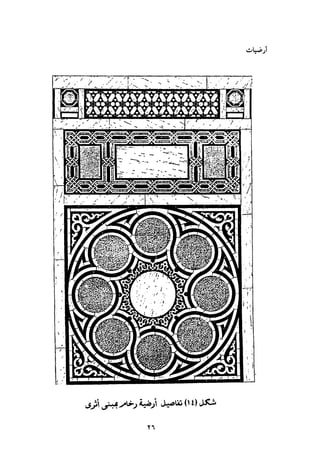
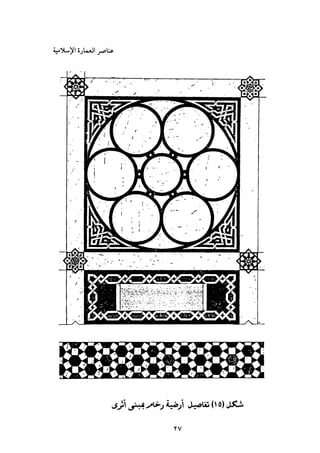

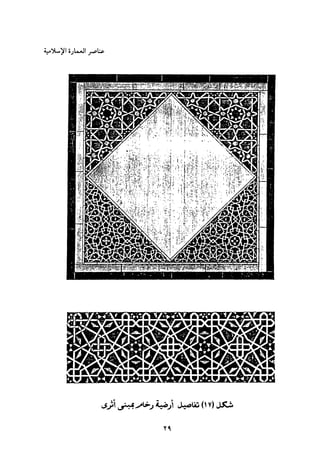
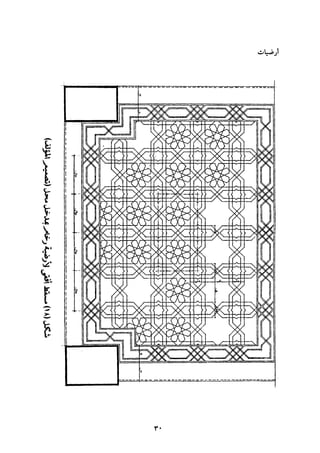
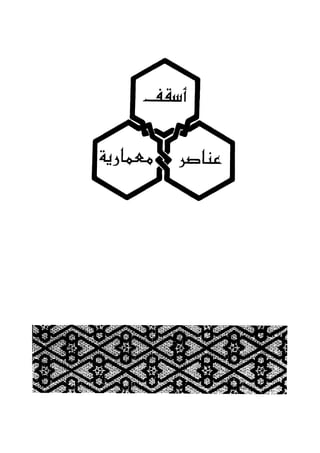

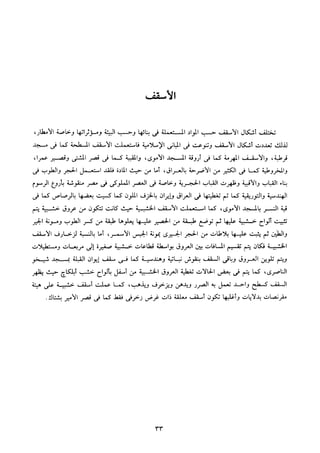

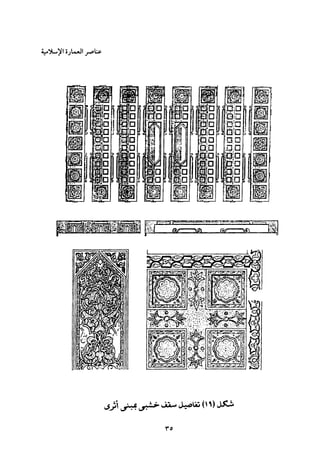


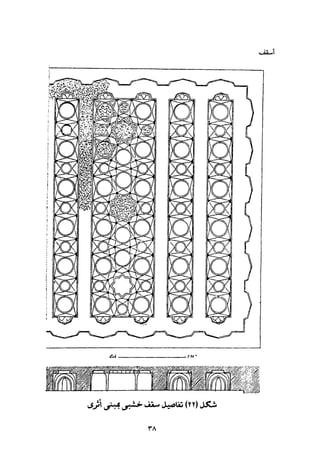
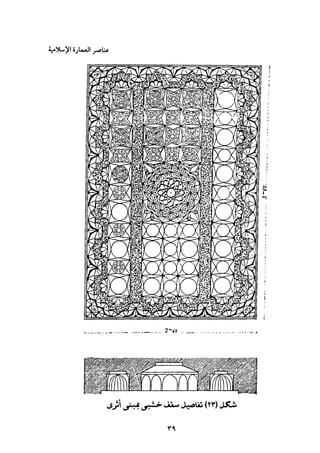


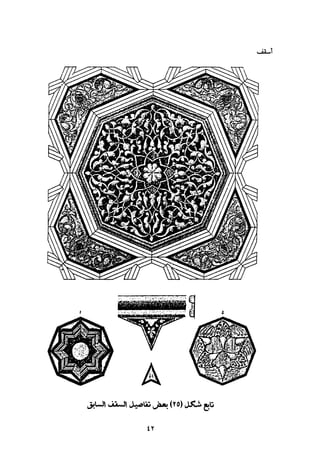
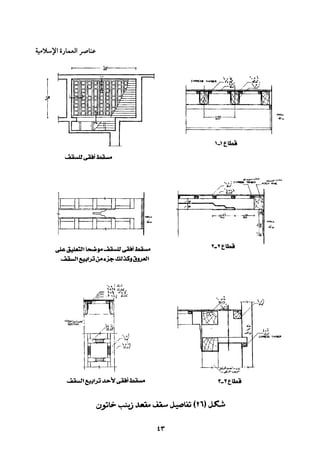
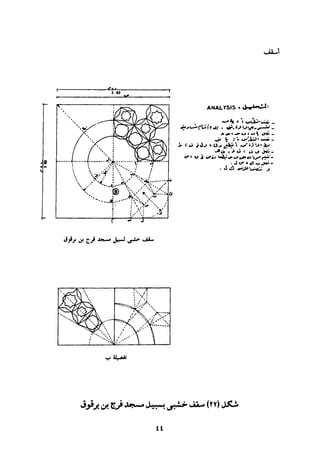


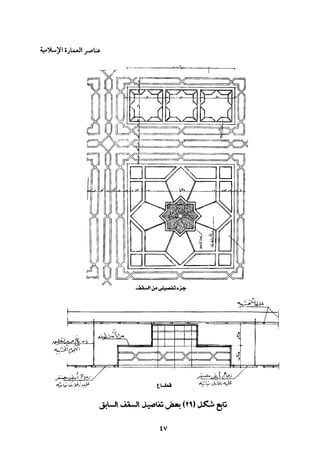
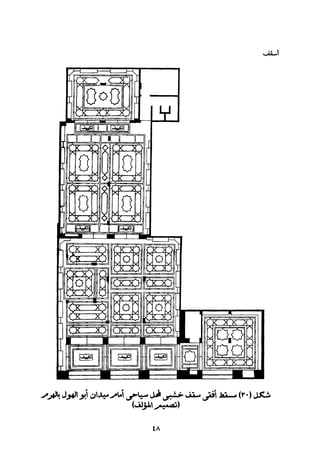

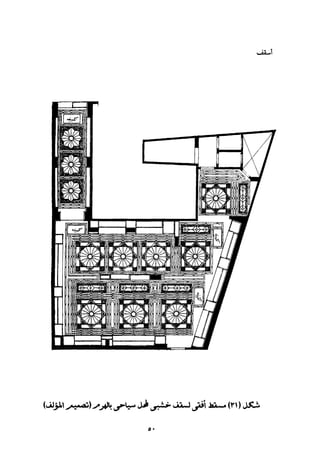


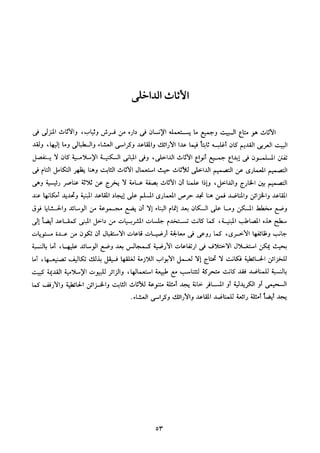

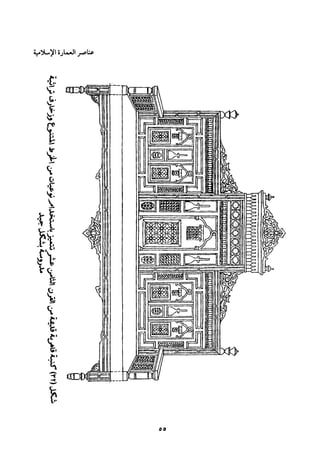
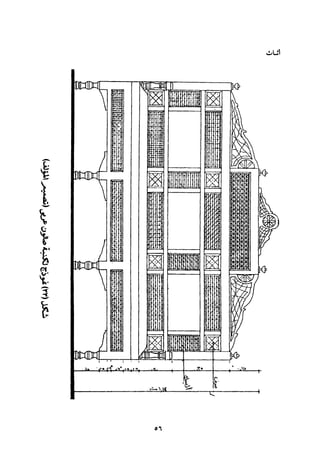

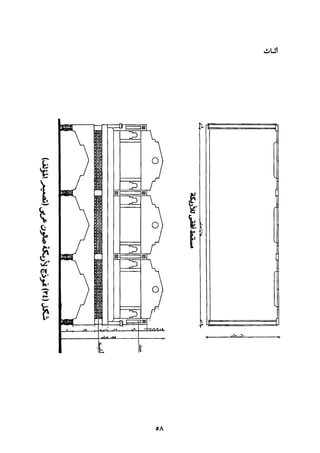

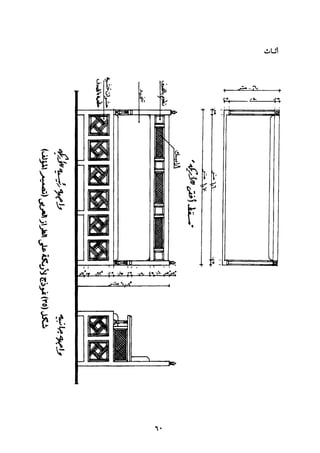

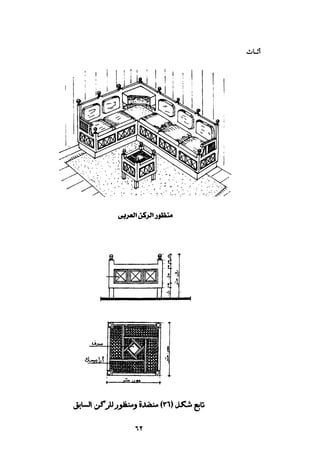
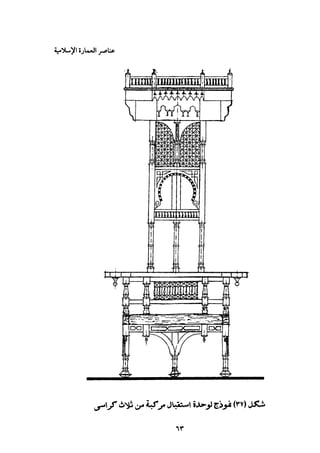
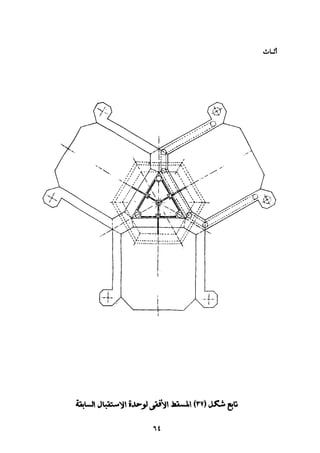

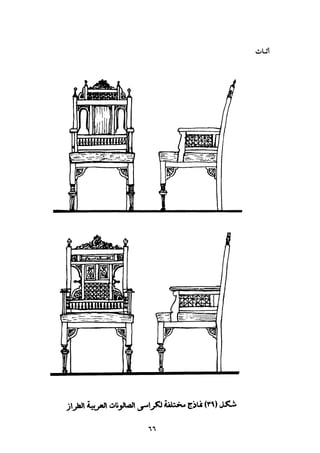
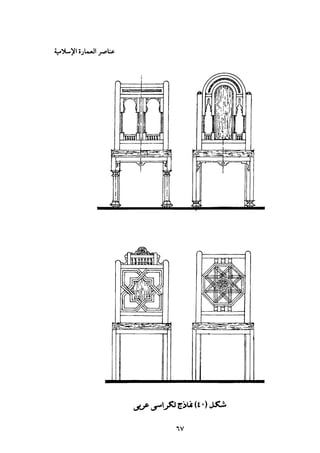
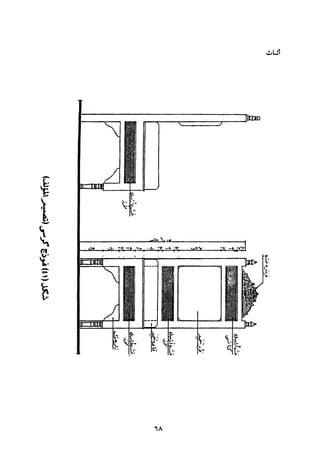
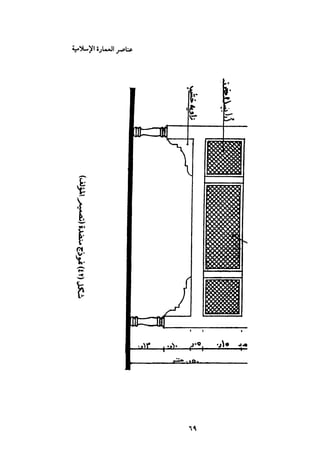
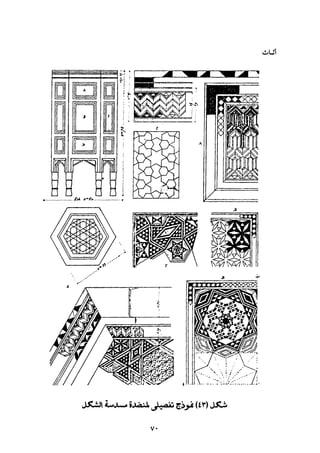


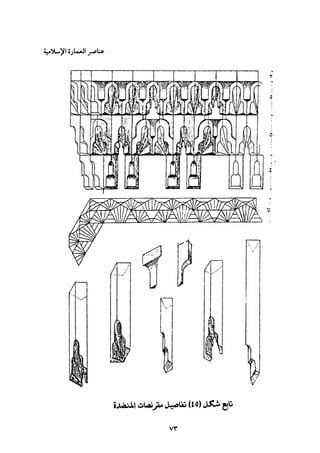


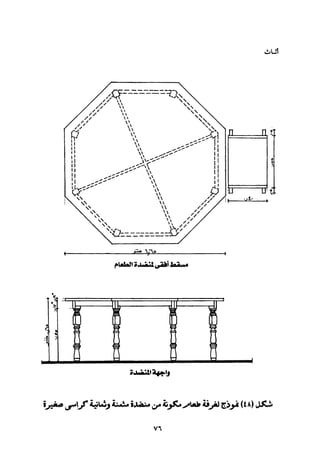
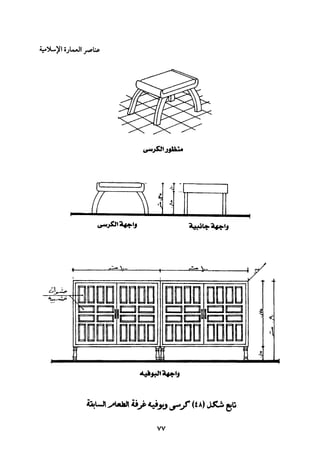
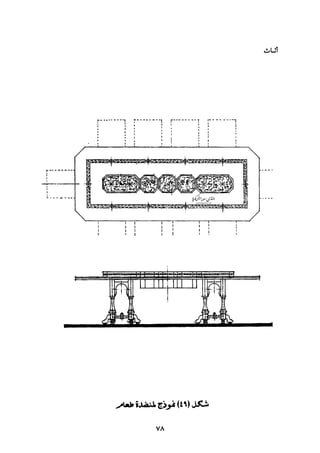
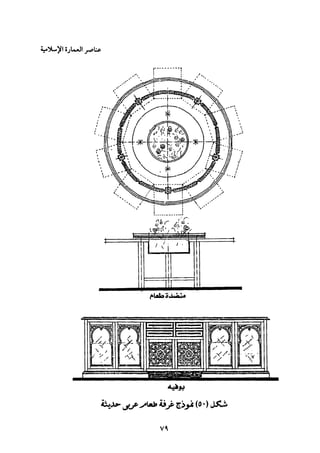
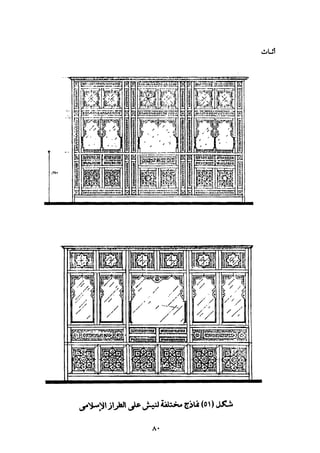
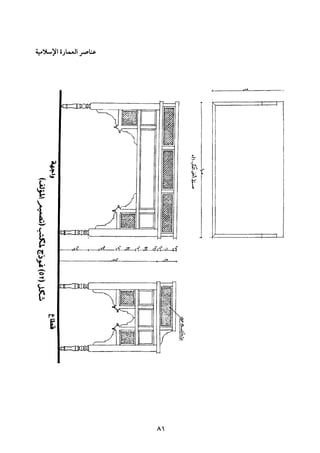
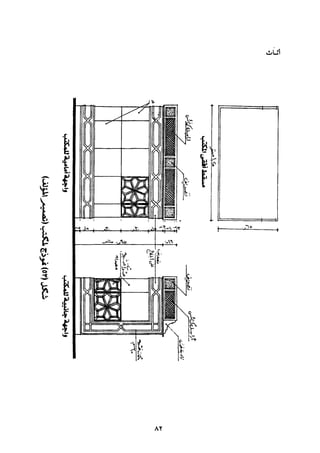
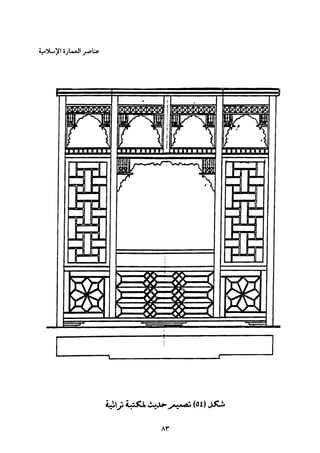
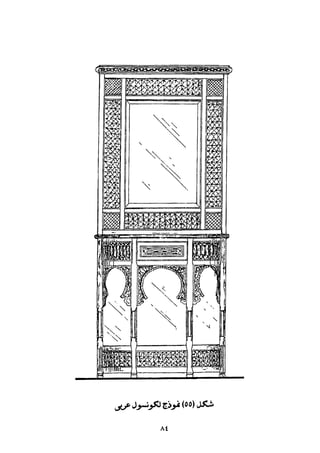

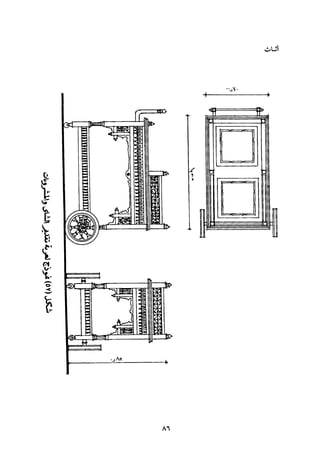
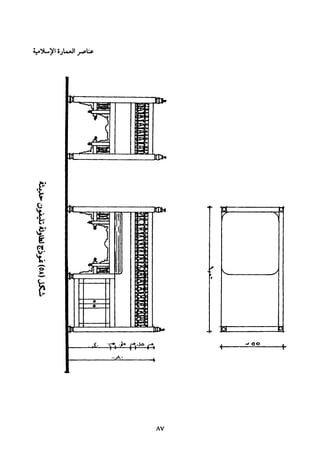

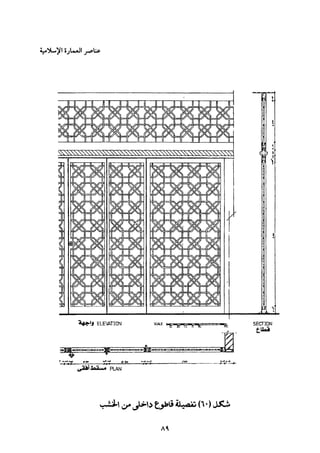
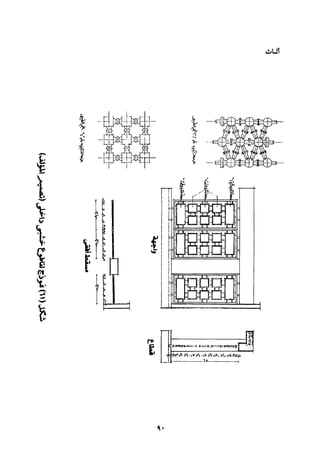
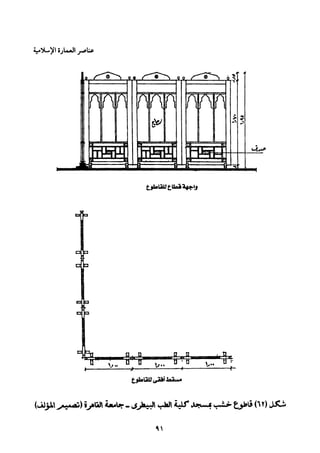



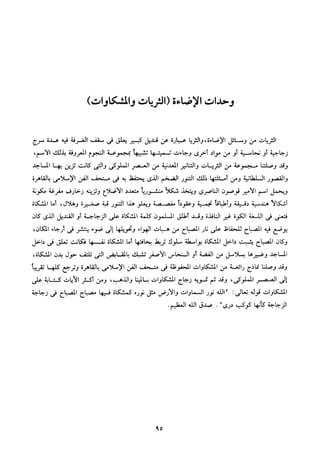


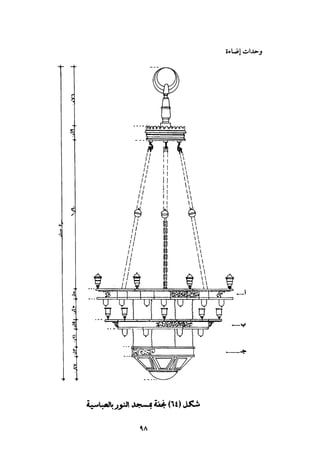


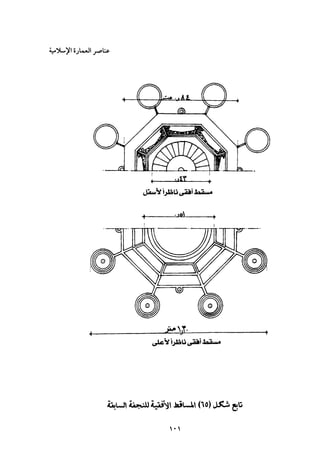
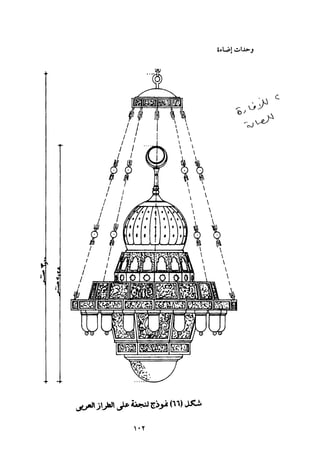
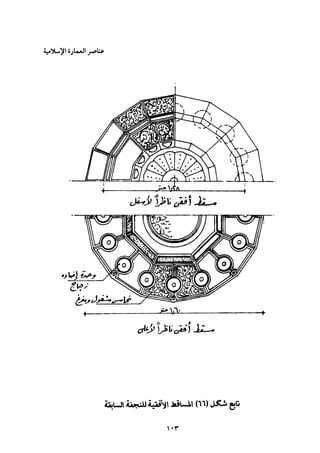
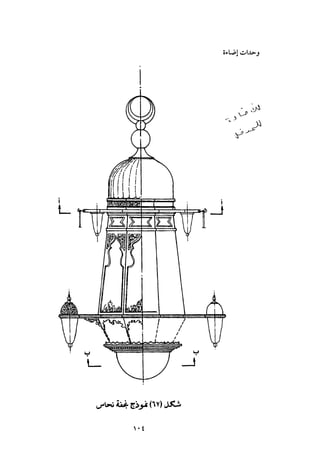
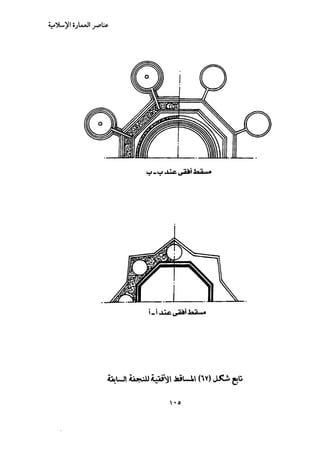
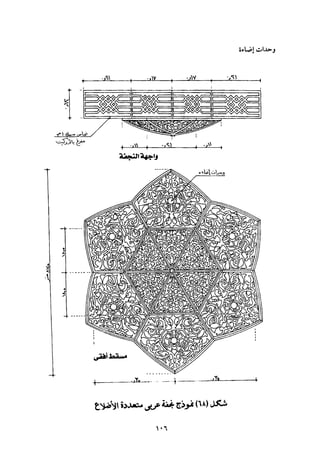

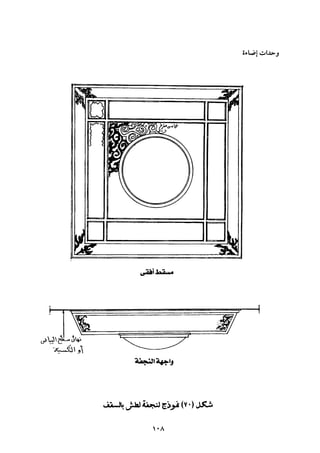
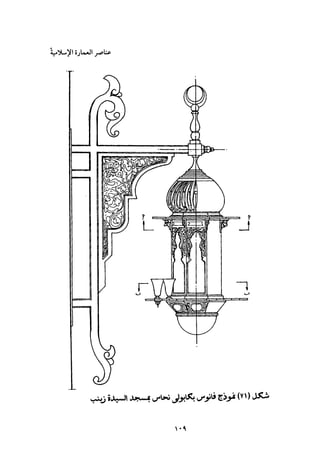


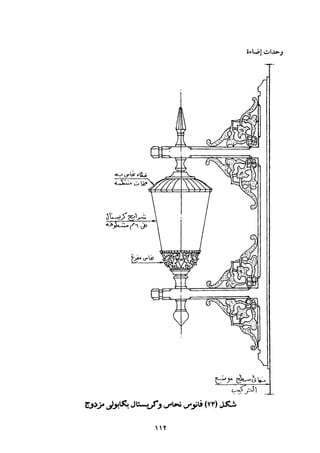

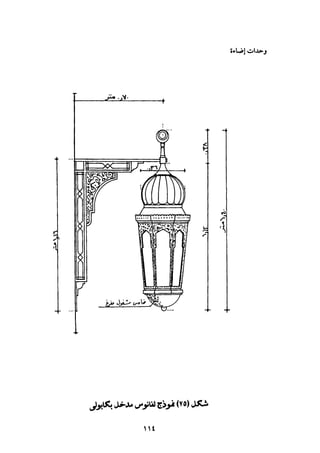
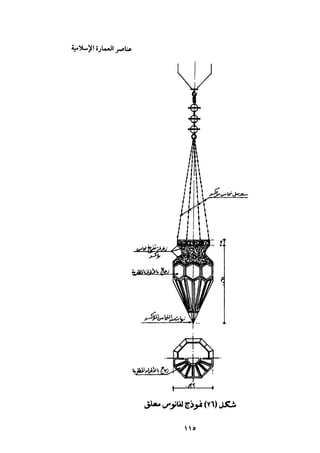
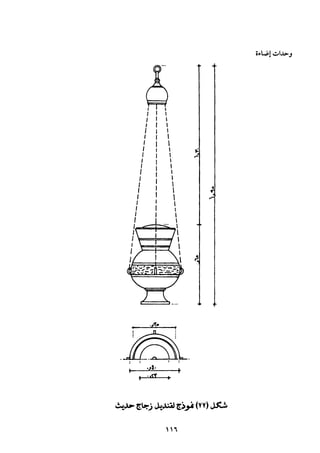
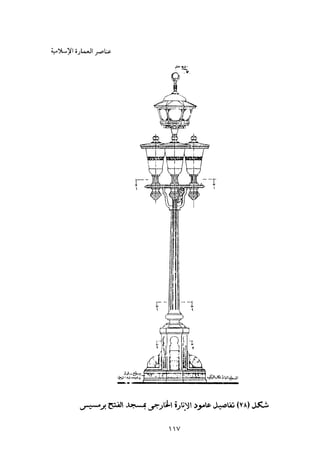
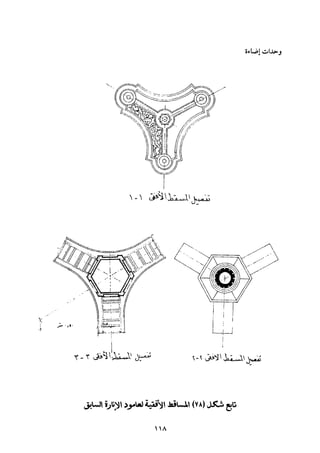


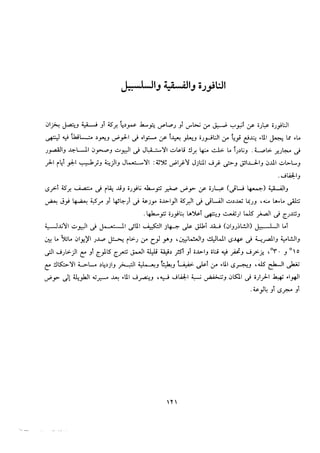

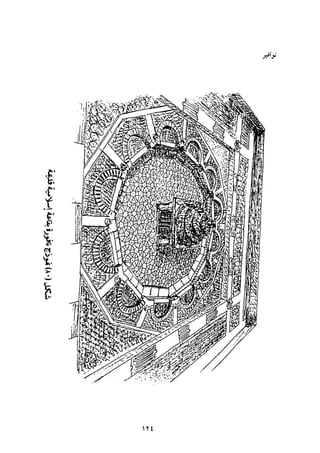
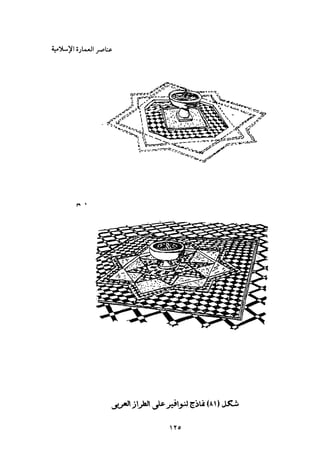
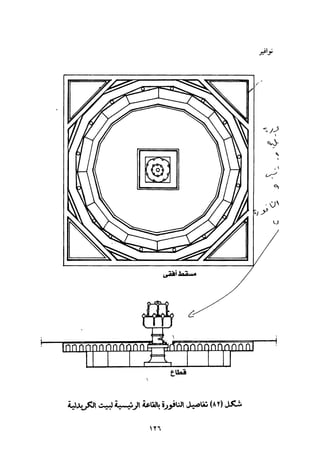

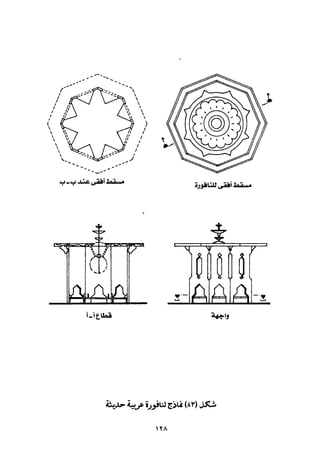
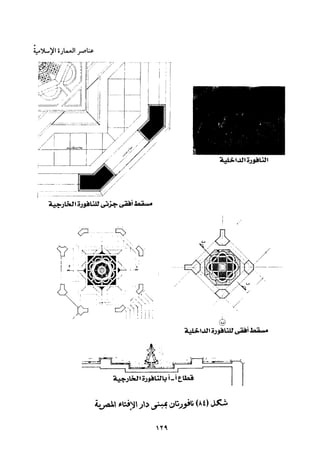

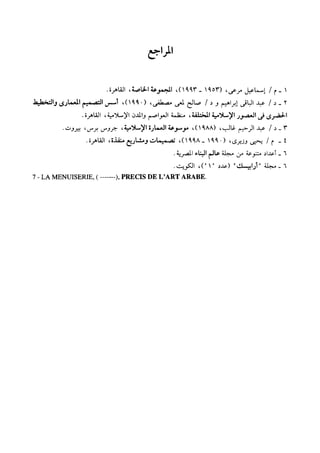

Ad
Recommended
Mwsoat anaser al-imara
Mwsoat anaser al-imaraarchitect Eman
?
?????? ??????? ??????? ????? ????? ??????????? ??????????? ???????? ??? ?????? ??????. ???? ????????? ???????? ?? ?????? ????????? ??????? ??????. ??? ???? ??? ???????? ?????? ???? ??????? ???????? ???????? ????? ???? ????????.Mwsoat anaser al-imara_04
Mwsoat anaser al-imara_04architect Eman
?
??????? ????? ??? ????? ???? ??? ????? ?????? ??????? ??? ???????. ???? ????? ??? ????? ???? ???????? ???????? ????? ????? ????? ?? ????? ???????. ???? ????? ?????? ?????? ????????? ?? ??? ????????.Mwsoat anaser al-imara_02
Mwsoat anaser al-imara_02architect Eman
?
?????? ??????? ??????? ?????? ????? ??????? ?????? ??? ??????? ???????. ???? ????????? ???????? ????????? ??????? ???????? ??? ?????. ??? ???? ??????? ???????? ?????? ?? ?????? ??????.?? ????? ?????_??????-libre
?? ????? ?????_??????-libredr-ahmedanwar
?
This document provides a long list of links to websites that offer free electronic books, academic papers, online courses, and other educational resources. Some of the websites listed include Sci-Hub for accessing paywalled scientific papers, Project Gutenberg for ebooks in the public domain, Coursera and edX for massive open online courses, and arXiv for open access preprints in physics, mathematics, computer science and other fields. The document encourages finding and downloading free books, papers and other materials from these websites for educational purposes.??????? ????????? ?? ??? ??? ??????? ???????? ????? ????? ?????? ??? ???? ???...
??????? ????????? ?? ??? ??? ??????? ???????? ????? ????? ?????? ??? ???? ???...MosaadRamadan AbdAlhk
?
16 10-2016?????? ????? ??????
16 10-2016?????? ????? ??????Yousri Mostafa Hussein
?
The document discusses several topics including:
1. An overview of key principles and concepts
2. A description of different types of strategies and approaches
3. Recommendations for next steps and future work in the area??????1
??????1 ???? ?????? ??????? ???????
?
???????? ???? ??? ????? ?????? ????? ?????? ??? ?????? ???????? ?????? ?? ??????? ?????? ?????? ????? ????. ????? ???????? ??????? ??? ??? ????? ?????? ???????? ???????? ????? ???? ?. ????? ????? ???? ?????. ??? ????? ???????? ???? ????? ??????? ????? ????? 1434-1435 ??.Mzg 3?????? f. ????? ?????process
Mzg 3?????? f. ????? ?????processMohamad Gomaa
?
?????? ??????? ????? ????? ?????? ?????? ??? ??? ????? ????? ?????? ????????. ??? ????? ?????????? ??? ???????? ???????? ?? ????? ?????? ???? ???? ???????? ??????? ??? ?????. ??? ???? ??? ????? ??? ???????? ?????? ?????? ????????? ??????? ????? ??? ???????.Research Skills Pocket Lecture - How to write a research proposal
Research Skills Pocket Lecture - How to write a research proposalVanissa Wanick
?
The document outlines the process of conducting research, focusing on the literature review, identifying research gaps, and formulating research questions, aims, and objectives, specifically in the context of interior design's impact on health and well-being. It emphasizes the importance of understanding existing theories, context, and methodologies to design effective research, while providing structure and specific examples for clarity. Key elements include framing research questions, developing aims and objectives, and choosing appropriate data collection methods to achieve the desired outcomes.Research skills = life skills
Research skills = life skillsKristy Nelson
?
This document discusses the importance of teaching research skills to students. It notes that we live in an information-rich society where the amount of information doubles every few years. Traditional research skills like using libraries and citing sources need to be supplemented with newer skills like information literacy, media literacy, visual literacy, and comprehending informational text. Research skills are important life skills that help create lifelong learners and are valued by employers. For students to be successful, research skills need to be taught across disciplines beginning in early grades and modeled consistently over multiple years.???? ???? ?????? ???????? ?? ????? ?????
???? ???? ?????? ???????? ?? ????? ?????Taha Farwan
?
?????? ??????? ??????? ?? ????? ?????? ????? ????????? ???????? ??? ????? ??? ?????? ???????? ???????? ?????????. ?????? ??????? ????? ?????????? ???????? ?????? ?????? ????????? ???????? ??? ???????? ??? ?????? ???????? ???????. ??? ???? ????? ??? ???????? ?? ????? ??????? ????????? ??? ????? ?? ??????? ???? ??????? ???????.Methodology of utilizing buildings roofs to achieve urban sustainability in c...
Methodology of utilizing buildings roofs to achieve urban sustainability in c...architect Eman
?
????? ??????? ???????? ?????????
??
?????? ??????? ???? ??????? ?????? ????????? ????????? ???????? ????????
"
???? ??????? ?????? ???????? ????? ????? ????????^
Methodology of Utilizing Buildings Roofs to Achieve Urban Sustainability in Crowded Neighborhoods
"Feasibility of Using Nanotechnology as an Advanced Approach for Treatment"
2014Developing street network in the gebd 2007
Developing street network in the gebd 2007Khaled Ali
?
The document discusses developing a sustainable street network in the Gharb El-Balad district of Assiut City, Egypt. It aims to explore how sustainable transportation principles can be applied to improve the district's street network. A seven-step research methodology is used, including analyzing definitions, guidelines and rating systems for sustainable transportation, identifying key attributes, and examining the case study district and potential strategic directions. The paper is divided into six sections covering introduction and background, sustainable transportation theory, approaches to sustainable transportation, a case study of the district, results and conclusions.Dr. khaled ali youssef, video mediated, communication channel, e-services_25-...
Dr. khaled ali youssef, video mediated, communication channel, e-services_25-...Khaled Ali
?
This document discusses the need for innovative communication channels between governments and citizens in the context of e-government projects. It notes that while existing channels like websites are cost-effective for governments, citizens prefer live interactions for complex or ambiguous services. The document proposes a theoretical model called "Video-Mediated and Live Interaction Based Communication Channels" to address this mismatch and overcome communication challenges through new channels that integrate video, live interaction and traditional channels. It aims to expand service access and choice while supporting presence and communication quality despite physical distance between users and providers.Intelligence meets buildings
Intelligence meets buildingsKhaled Ali
?
The document discusses definitions of intelligent buildings from various perspectives. Intelligent buildings are generally defined as buildings that optimize structure, systems, services and management to provide a productive and cost-effective environment for occupants through automation and integration of building systems. Definitions emphasize maximizing occupant effectiveness and efficiency of resources while minimizing costs. Key elements of intelligent buildings include automation of building functions, efficient management, comfort, safety and long-term flexibility.A virtual reality applications gallery
A virtual reality applications galleryKhaled Ali
?
The document discusses the integration of virtual reality (VR) with architecture, proposing a virtual reality applications gallery designed to enhance user immersion and navigation within virtual environments. It describes the architectural and navigational elements introduced to improve experiences in VR, as well as the development and testing of this gallery concept. The aim is to create a dynamic space that supports cognitive comprehension and accommodates the growing number of VR applications.zaha Hadid
zaha Hadidarchitect Eman
?
This document provides information about the 2004 Pritzker Architecture Prize ceremony honoring Zaha Hadid. The ceremony took place at the State Hermitage Museum in St. Petersburg, Russia. Speakers at the ceremony included the Director of the State Hermitage Museum, the Governor of St. Petersburg, the Russian Minister of Culture, the Chairman of the Pritzker jury, and Zaha Hadid herself. The ceremony celebrated Hadid as the first woman to win the Pritzker Prize and recognized St. Petersburg as one of the great cities of architecture.Presentation knowledge cities through `open design studio¨ educational projects
Presentation knowledge cities through `open design studio¨ educational projectsKhaled Ali
?
This document outlines a case study on developing Jeddah City as a knowledge city through open design studio educational projects. It discusses the motivation for knowledge cities and choosing Jeddah City as the case study location. Jeddah is a major urban center in Saudi Arabia with strategic economic and cultural importance as a port city and gateway to Mecca. The document argues that Jeddah possesses the economic, knowledge, historical, cultural and accessibility attributes needed to become a knowledge city according to established frameworks. It proposes using an open design studio model within educational institutions like King Abdul Aziz University to help cultivate Jeddah as a knowledge city through hands-on projects.Economics of knowledge cities
Economics of knowledge citiesKhaled Ali
?
This document discusses the economics of knowledge cities and explores the opportunities and challenges associated with them. It begins by motivating the discussion, noting the rise of concepts like knowledge-based economies and knowledge cities. It also notes the lack of clarity around defining these terms. The document is divided into several sections that will define knowledge cities, their key requirements, discuss the economic opportunities and challenges, present results and findings, and draw conclusions.Horizontal Design Studio versus Vertical Design Studio:
A Tale of Two Archit...
Horizontal Design Studio versus Vertical Design Studio:
A Tale of Two Archit...Khaled Ali
?
This document discusses and compares two approaches to design studios in architecture schools: horizontal design studios (HDS) and vertical design studios (VDS). In HDS, students of the same level take the same design courses together, while in VDS, students of multiple levels study design courses together. The document presents case studies of schools using each approach and describes a study conducted through questionnaires at two schools, one using each approach. The study aims to understand the advantages and disadvantages of each approach to help schools maximize benefits and minimize drawbacks.The conflict of architectural intelligence
The conflict of architectural intelligenceKhaled Ali
?
The document discusses the evolution and complexities of intelligent architecture (IA) from the 1980s to 2005, examining its definitions, conflicts, and the need for an integrated profile of intelligent architecture (IPIA). It outlines various perspectives on IA, highlights environmental considerations, and proposes methods for integrating these viewpoints. The paper concludes that further research is needed to apply the IPIA to existing built environments.????? ?????? ??? ????? ???????
????? ?????? ??? ????? ???????Taha Farwan
?
The document describes the architectural plans for a multi-story building. It includes drawings of floor plans and elevations with measurements and labels of rooms. Key details include four stories, rooms for various functions like offices and storage, and structural elements like walls, doors, and windows. Dimensions are provided in feet and inches to precisely convey the design layout and specifications.1435 2015 presentations review
1435 2015 presentations reviewKhaled Ali
?
This document outlines the sections and content required for a final project presentation in the Department of Architecture at King Abdulaziz University. It includes 10 main sections: statement of the problem, site analysis, concept development, plans, elevations, sections, perspectives & rendering, analysis of the design, design of the sheets, and general recommendations. For each section, it provides examples of content and recommendations, as well as examples of previous students' work. The goal is to provide guidance to students on presenting their architectural design projects.Architecture ebook zaha_hadid__complete_buildings_and_projects
Architecture ebook zaha_hadid__complete_buildings_and_projectsarchitect Eman
?
The document discusses the history and development of the internet over the past 50 years, from its origins as a US military program called ARPANET to the commercialization of the world wide web in the 1990s. It then describes how internet usage has grown exponentially, with billions of people now using it for communication, information, and entertainment on a daily basis through websites, email, social media, and more.Working Drawings lecture 02
Working Drawings lecture 02Khaled Ali
?
?????? ???????? ??????? ??????? ???? ??? ???? ??? ????? ??????? ??????? ????? ?????? ???????? ??? ????????? ???????? ???????? ?????????. ???? ???????? ????? ????? ?????? ????????? ????????? ???????? ?????? ???????. ??? ????? ????? ?? ????? ?????? ?????? ???????? ????????.Great glass buildings
Great glass buildingsarchitect Eman
?
The document discusses the history and development of chocolate over centuries. It details how cocoa beans were first used by Mesoamerican cultures before being introduced to Europe, where it became popular in drinks and confections. The document also notes that modern chocolate production methods were established in the 19th century to allow chocolate to be consumed on a larger scale.More Related Content
Viewers also liked (20)
Research Skills Pocket Lecture - How to write a research proposal
Research Skills Pocket Lecture - How to write a research proposalVanissa Wanick
?
The document outlines the process of conducting research, focusing on the literature review, identifying research gaps, and formulating research questions, aims, and objectives, specifically in the context of interior design's impact on health and well-being. It emphasizes the importance of understanding existing theories, context, and methodologies to design effective research, while providing structure and specific examples for clarity. Key elements include framing research questions, developing aims and objectives, and choosing appropriate data collection methods to achieve the desired outcomes.Research skills = life skills
Research skills = life skillsKristy Nelson
?
This document discusses the importance of teaching research skills to students. It notes that we live in an information-rich society where the amount of information doubles every few years. Traditional research skills like using libraries and citing sources need to be supplemented with newer skills like information literacy, media literacy, visual literacy, and comprehending informational text. Research skills are important life skills that help create lifelong learners and are valued by employers. For students to be successful, research skills need to be taught across disciplines beginning in early grades and modeled consistently over multiple years.???? ???? ?????? ???????? ?? ????? ?????
???? ???? ?????? ???????? ?? ????? ?????Taha Farwan
?
?????? ??????? ??????? ?? ????? ?????? ????? ????????? ???????? ??? ????? ??? ?????? ???????? ???????? ?????????. ?????? ??????? ????? ?????????? ???????? ?????? ?????? ????????? ???????? ??? ???????? ??? ?????? ???????? ???????. ??? ???? ????? ??? ???????? ?? ????? ??????? ????????? ??? ????? ?? ??????? ???? ??????? ???????.Methodology of utilizing buildings roofs to achieve urban sustainability in c...
Methodology of utilizing buildings roofs to achieve urban sustainability in c...architect Eman
?
????? ??????? ???????? ?????????
??
?????? ??????? ???? ??????? ?????? ????????? ????????? ???????? ????????
"
???? ??????? ?????? ???????? ????? ????? ????????^
Methodology of Utilizing Buildings Roofs to Achieve Urban Sustainability in Crowded Neighborhoods
"Feasibility of Using Nanotechnology as an Advanced Approach for Treatment"
2014Developing street network in the gebd 2007
Developing street network in the gebd 2007Khaled Ali
?
The document discusses developing a sustainable street network in the Gharb El-Balad district of Assiut City, Egypt. It aims to explore how sustainable transportation principles can be applied to improve the district's street network. A seven-step research methodology is used, including analyzing definitions, guidelines and rating systems for sustainable transportation, identifying key attributes, and examining the case study district and potential strategic directions. The paper is divided into six sections covering introduction and background, sustainable transportation theory, approaches to sustainable transportation, a case study of the district, results and conclusions.Dr. khaled ali youssef, video mediated, communication channel, e-services_25-...
Dr. khaled ali youssef, video mediated, communication channel, e-services_25-...Khaled Ali
?
This document discusses the need for innovative communication channels between governments and citizens in the context of e-government projects. It notes that while existing channels like websites are cost-effective for governments, citizens prefer live interactions for complex or ambiguous services. The document proposes a theoretical model called "Video-Mediated and Live Interaction Based Communication Channels" to address this mismatch and overcome communication challenges through new channels that integrate video, live interaction and traditional channels. It aims to expand service access and choice while supporting presence and communication quality despite physical distance between users and providers.Intelligence meets buildings
Intelligence meets buildingsKhaled Ali
?
The document discusses definitions of intelligent buildings from various perspectives. Intelligent buildings are generally defined as buildings that optimize structure, systems, services and management to provide a productive and cost-effective environment for occupants through automation and integration of building systems. Definitions emphasize maximizing occupant effectiveness and efficiency of resources while minimizing costs. Key elements of intelligent buildings include automation of building functions, efficient management, comfort, safety and long-term flexibility.A virtual reality applications gallery
A virtual reality applications galleryKhaled Ali
?
The document discusses the integration of virtual reality (VR) with architecture, proposing a virtual reality applications gallery designed to enhance user immersion and navigation within virtual environments. It describes the architectural and navigational elements introduced to improve experiences in VR, as well as the development and testing of this gallery concept. The aim is to create a dynamic space that supports cognitive comprehension and accommodates the growing number of VR applications.zaha Hadid
zaha Hadidarchitect Eman
?
This document provides information about the 2004 Pritzker Architecture Prize ceremony honoring Zaha Hadid. The ceremony took place at the State Hermitage Museum in St. Petersburg, Russia. Speakers at the ceremony included the Director of the State Hermitage Museum, the Governor of St. Petersburg, the Russian Minister of Culture, the Chairman of the Pritzker jury, and Zaha Hadid herself. The ceremony celebrated Hadid as the first woman to win the Pritzker Prize and recognized St. Petersburg as one of the great cities of architecture.Presentation knowledge cities through `open design studio¨ educational projects
Presentation knowledge cities through `open design studio¨ educational projectsKhaled Ali
?
This document outlines a case study on developing Jeddah City as a knowledge city through open design studio educational projects. It discusses the motivation for knowledge cities and choosing Jeddah City as the case study location. Jeddah is a major urban center in Saudi Arabia with strategic economic and cultural importance as a port city and gateway to Mecca. The document argues that Jeddah possesses the economic, knowledge, historical, cultural and accessibility attributes needed to become a knowledge city according to established frameworks. It proposes using an open design studio model within educational institutions like King Abdul Aziz University to help cultivate Jeddah as a knowledge city through hands-on projects.Economics of knowledge cities
Economics of knowledge citiesKhaled Ali
?
This document discusses the economics of knowledge cities and explores the opportunities and challenges associated with them. It begins by motivating the discussion, noting the rise of concepts like knowledge-based economies and knowledge cities. It also notes the lack of clarity around defining these terms. The document is divided into several sections that will define knowledge cities, their key requirements, discuss the economic opportunities and challenges, present results and findings, and draw conclusions.Horizontal Design Studio versus Vertical Design Studio:
A Tale of Two Archit...
Horizontal Design Studio versus Vertical Design Studio:
A Tale of Two Archit...Khaled Ali
?
This document discusses and compares two approaches to design studios in architecture schools: horizontal design studios (HDS) and vertical design studios (VDS). In HDS, students of the same level take the same design courses together, while in VDS, students of multiple levels study design courses together. The document presents case studies of schools using each approach and describes a study conducted through questionnaires at two schools, one using each approach. The study aims to understand the advantages and disadvantages of each approach to help schools maximize benefits and minimize drawbacks.The conflict of architectural intelligence
The conflict of architectural intelligenceKhaled Ali
?
The document discusses the evolution and complexities of intelligent architecture (IA) from the 1980s to 2005, examining its definitions, conflicts, and the need for an integrated profile of intelligent architecture (IPIA). It outlines various perspectives on IA, highlights environmental considerations, and proposes methods for integrating these viewpoints. The paper concludes that further research is needed to apply the IPIA to existing built environments.????? ?????? ??? ????? ???????
????? ?????? ??? ????? ???????Taha Farwan
?
The document describes the architectural plans for a multi-story building. It includes drawings of floor plans and elevations with measurements and labels of rooms. Key details include four stories, rooms for various functions like offices and storage, and structural elements like walls, doors, and windows. Dimensions are provided in feet and inches to precisely convey the design layout and specifications.1435 2015 presentations review
1435 2015 presentations reviewKhaled Ali
?
This document outlines the sections and content required for a final project presentation in the Department of Architecture at King Abdulaziz University. It includes 10 main sections: statement of the problem, site analysis, concept development, plans, elevations, sections, perspectives & rendering, analysis of the design, design of the sheets, and general recommendations. For each section, it provides examples of content and recommendations, as well as examples of previous students' work. The goal is to provide guidance to students on presenting their architectural design projects.Architecture ebook zaha_hadid__complete_buildings_and_projects
Architecture ebook zaha_hadid__complete_buildings_and_projectsarchitect Eman
?
The document discusses the history and development of the internet over the past 50 years, from its origins as a US military program called ARPANET to the commercialization of the world wide web in the 1990s. It then describes how internet usage has grown exponentially, with billions of people now using it for communication, information, and entertainment on a daily basis through websites, email, social media, and more.Working Drawings lecture 02
Working Drawings lecture 02Khaled Ali
?
?????? ???????? ??????? ??????? ???? ??? ???? ??? ????? ??????? ??????? ????? ?????? ???????? ??? ????????? ???????? ???????? ?????????. ???? ???????? ????? ????? ?????? ????????? ????????? ???????? ?????? ???????. ??? ????? ????? ?? ????? ?????? ?????? ???????? ????????.More from architect Eman (11)
Great glass buildings
Great glass buildingsarchitect Eman
?
The document discusses the history and development of chocolate over centuries. It details how cocoa beans were first used by Mesoamerican cultures before being introduced to Europe, where it became popular in drinks and confections. The document also notes that modern chocolate production methods were established in the 19th century to allow chocolate to be consumed on a larger scale.Building integrated photovoltaic designs for commercial and industrial struc
Building integrated photovoltaic designs for commercial and industrial strucarchitect Eman
?
The document provides details on building-integrated photovoltaic (BIPV) systems installed at several commercial and institutional buildings. It describes a 14 kW BIPV system integrated into the curtain wall of 4 Times Square in New York City. The amorphous silicon PV modules replace conventional spandrel glass and generate an estimated 13,800 kWh per year. They are mounted in the same way as standard glass using a custom design that harmonizes with the building's established appearance. The project demonstrates that BIPV can generate renewable electricity cost-effectively in urban environments.Colors architecture in-detail
Colors architecture in-detailarchitect Eman
?
The document describes starting and ending a batch process. It provides the file path for a file called "涙炎籾.txt" located on the C drive in Chinese characters. The batch process is started and ended, and the file path and time are output to the unspecified file.Modern architect hascher & jehle architektur
Modern architect hascher & jehle architekturarchitect Eman
?
??? ??????? ?????? ????? ???????? ?? ??????????? ?????? ??????? ???????. ?????? ???????? ?????? ???? ????? ??????? ?? ??? ???????. ????? ??? ????? ?????? ?? ???????? ??????? ?? ?????.Architecture competition annual 2008
Architecture competition annual 2008architect Eman
?
??? ??????? ????? ????? ?????? ?????? ?? ????? ??????. ???? ????? ??????? ??????? ??????? ??? ???????? ?????? ???????? ????????. ??? ???? ??????????? ?????? ??????? ??? ?????? ?????? ???? ?????.Architecture now v3
Architecture now v3architect Eman
?
This document discusses the benefits of exercise for both physical and mental health. It states that exercise can improve cardiovascular health, reduce symptoms of depression and anxiety, enhance mood, and reduce stress levels. The document recommends that adults get at least 150 minutes of moderate exercise or 75 minutes of vigorous exercise per week to gain these benefits.Architecture now
Architecture nowarchitect Eman
?
This document discusses the history and development of paper money. It explains that originally receipts and notes were used as money before official government-issued paper currency was developed. It describes how paper money eventually replaced coins as the dominant form of currency in many societies due to advantages of being lighter and more portable. The document outlines some of the early adoptions of paper currency by various governments and banks in Europe and Asia.Architecture now vol2
Architecture now vol2architect Eman
?
The document discusses the history and development of chocolate over centuries. It details how cocoa beans were first used as currency by the Maya and Aztecs before being transformed into a sweet confection by the Spanish in Europe. The text also notes that modern chocolate production methods were established in the 19th century, allowing chocolate to become widely popular and consumed around the world.Effect of biogeometry on urban spaces in coast tourism villages in red sea area
Effect of biogeometry on urban spaces in coast tourism villages in red sea area architect Eman
?
?????? ??????? ????? ?????? ??????? ??? ????? ???????? ????????? ?? ????? ???????? ?????? ?????? ??????. ???? ??? ????? ??????? ???????? ???? ?????? ?? ?????? ????????? ??????. ???? ??????? ?????? ????? ???????? ????????? ???????? ???????? ????????? ?? ????? ??? ??????? ????? ??? ????????.Ad
